Brazil, officially the Federative Republic of Brazil is the largest country in both South America and Latin America. As the world's fifth-largest country by both area and population, it is the largest country to have Portuguese as an official language–and the only one in the Americas. Its Amazon River basin includes a vast tropical forest, home to diverse wildlife, a variety of ecological systems, and extensive natural resources spanning numerous protected habitats. This unique environmental heritage makes Brazil one of 17 megadiverse countries, and is the subject of significant global interest and debate regarding deforestation and environmental protection.
23 Top Rated Tourist Attractions in Brazil
Iguazu Falls is situated on the border between Brazil and Argentina. The waterfall system consists of 275 falls along the Iguazu River. The most impressive of them all is the Devil’s Throat a U-shaped with a height of 82 meter (269 ft). The falls can be reached from the cities Foz do Iguaçu in Brazil and Puerto Iguazú in Argentina, as well as from Ciudad del Este in Paraguay. On the Brazilian side there is a long walkway along the canyon with an extension to the lower base of the Devil’s Throat. Listed as a UNESCO World Heritage Site, this really is one of the world’s greatest natural wonders, and if you have the chance to visit you should definitely do so. Set on the Iguaçu River, the breathtaking Iguaçu Falls can be easily accessed from the town of Foz do Iguacu on the Brazilian side, where there are plenty of places to stay. There is not just one waterfall here but many, and together they total 275 drops, covering a total width of 1.7 miles.
2. Cascata do Caracol

Caracol Falls, or Cascata do Caracol, is a waterfall about 4.35 miles (7.00 km) from Canela, Brazil in Caracol State Park (Parque do Caracol). It is formed by the Caracol River and cuts out of basalt cliffs in the Serra Geral mountain range, falling into the Vale da Lageana. The falls are situated between the pinheiral (pine forest) zone of the Brazilian Highlands and the southern coastal Atlantic Forest. The base of the waterfall can be reached by a steep 927-step trail maintained by the Projeto Lobo-Guará.
3. Fernando de Noronha
.jpg)
Fernando de Noronha is a beautiful archipelago with pristine beaches, landscapes and wildlife, situated 354 km (220 miles) off the northeastern coast in Brazil, the archipelago of 21 islands called Fernando de Noronha is a beautiful and relatively untouched natural attraction, and this is yet another World Heritage Site. There are numerous pristine beaches on the islands and it’s a great destination to enjoy diving and snorkeling. In fact this is the ultimate destination for outdoor lovers who like to get out and explore – kayaking, trekking, boat tours, swimming, diving, snorkeling, dolphin watching and more can all be enjoyed on the islands of Fernando de Noronha.
4. Salvador Beaches


Salvador is the capital of the state of Bahia, with an attractive colonial town, a vibrant musical scene and loads of exceptional beaches all around. The beaches range from calm inlets, ideal for swimming, diving and sailing, as well as open sea inlets with strong waves, popular with surfers. There are also beaches surrounded by reefs, forming natural pools of stone, ideal for children.
5. Pantanal


This is a large swamp in the Midwest Brazil. Renowned for its wildlife, this is one of Brazil's major tourist attractions. Different with the Amazon rainforest, the Pantanal that you are almost guaranteed to actually see wildlife. Pantanal is also home to one of the largest Jaguar population in America. Like the Florida Everglades, this is a large wetland area with all kinds of natural beauty for tourists to enjoy. The Pantanal is a tropical wetlands, the largest of any kind in the world. It’s mostly within the Brazilian state of Mato Grosso do Sul but extends into Bolivia and Paraguay, with a total area estimated to be between 54,000 and 75,000 square miles. It’s one of the richest and most varied ecosystems in the world, supporting a huge variety of plant and animal species. You can experience the Pantanal through boat tours, horseback riding, hiking and fishing. Safaris will take you in an open vehicle up close to alligators, deer, anaconda, wolves and anteaters.
6. Amazon River
.jpg)
.jpg)
Amazon River is the second longest river in the world, only slightly shorter than the Nile, and the largest river by volume. The Amazon has over 3.000 Recognized species of fish and new species are still being discovered. Amazon Basin rain forest is covered by the remaining half of the planet. Tenth of the world's estimated 10 million species living in the Amazon rainforest. Tour in the amazon jungle tours more about boating upstream to the atmosphere, moist buzzing. Amazon River RainforestA UNESCO Site since 2000, the Amazon Rainforest is one of the world’s most important ecosystems. In fact, it is sometimes called “The World’s Lungs.” The Central Amazon Conservation Complex in Brazil covers 23,166 square miles (6 million hectares), and encompasses a variety of terrain, from terra firme, igapó forests, and archipelagos, to oxbow lakes, tributaries, and channels. There are many endangered wildlife species here, including the arapaima fish, the Amazonian manatee, river dolphins, and black caimans.
7. Sugarloaf Mountain

Of all the hilly outcrops and jagged peaks that encircle Rio de Janeiro, Sugarloaf Mountain stands out with its own unique personality. Like the kid at school who wore fluorescent socks, it stands alone, daring to be different from its peers. Similarly to ‘The Pitons’ on the Caribbean island of Saint Lucia it protrudes from the exotic undergrowth that hugs the Brazilian coastline. Vegetation clings lovingly to its rock face as it ascends ever higher.
8. Sugar Loaf

The rounded rock peak of Sugar Loaf juts out of a tree-covered promontory, rising 394 meters above the beaches and city. Its summit is one of the first places tourists go, for views of Rio and the harbor, and for the thrill of riding suspended in a cable car between Sugar Loaf and the Morro da Urca, a lower peak from which a second cableway connects to the city. Rio's first settlement began below these peaks, near the long Praia da Urca beach, and you can tour one of the three early forts there, the star-shaped Fort São João.
9. Copacabana
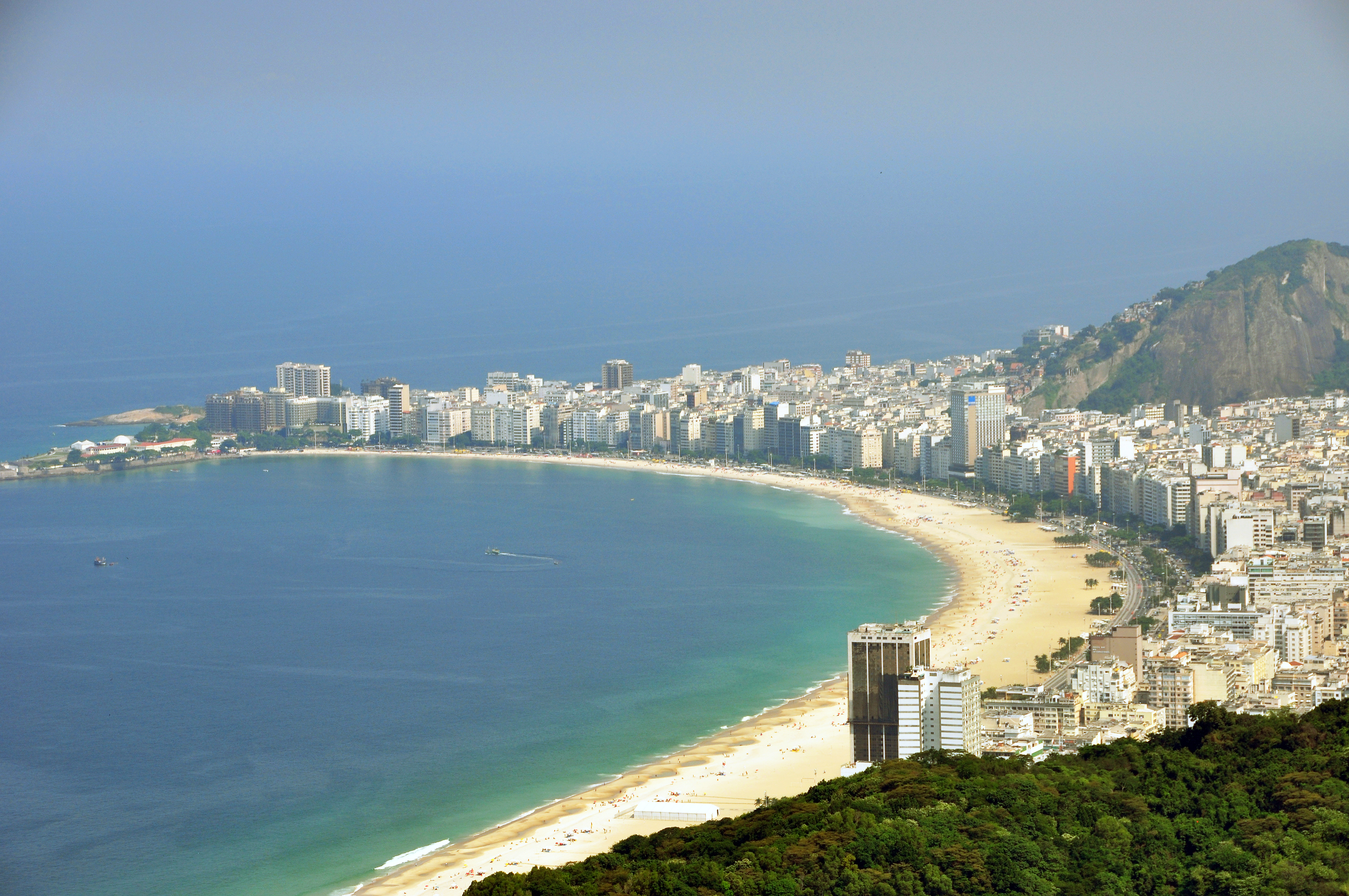
Downtown Rio's most fashionable and famous section follows Avenida Nossa Senhora de Copacabana and is bordered all along one side by four kilometers of white sand and breaking surf. The beach is separated from the buildings and traffic by a broad promenade paved in black and white mosaic in an undulating pattern reminiscent of streets in Lisbon, Portugal. The beach isn't just for show. It's also a popular playground filled with sun-worshipers, swimmers, and kids building sand castles whenever the weather is fine. Stroll the streets here to find restaurants, smart shops, cafés, and beautiful old buildings from the days when Rio was Brazil's capital. One of these, the famed Copacabana Palace, is protected as a national monument. Inside its lobby, you can easily imagine seeing the royalty and film idols who have stayed here.
10. Amazon Rain Forests


In the Rio Negro, the Anavilhanas Islands form an archipelago with lakes, streams, and flooded forests that offer a full cross-section of the Amazonian ecosystem. You can see monkeys, sloths, parrots, toucans, caimans, turtles, and other wildlife on a boat trip here. Also close to Manaus, the 688-hectare Janauari Ecological Park has a number of different ecosystems that you can explore by boat along its narrow waterways. An entire lake here is covered with giant water-lilies found only in the Amazon region. While in Manaus, be sure to see its famous Teatro Amazonas, the Italian Renaissance-style opera house, designed to put Manaus on the map as South America's great center of culture.
11. Pernambuco Beaches
.jpg)
.jpg)
The crystal waters, tall palm trees, and broad stretches of silver sand are only a few of the reasons why Porto de Galinhas is frequently cited as Brazil's best beach. For a country with more than 7,000 kilometers of Atlantic coast, much of it sandy beaches, that's saying a lot. The town stretching along the beach is laidback, colorful, and just the right blend of old-fashioned beach town fun and chic boutiques. Its hotels and resorts lie close to the land instead of soaring in high-rise blocks. Jangadas, picturesque sailboats, will take you out to reef-top pools where brilliant tropical fish swim around your feet in ankle-deep water. You can also take a boat to a lagoon where tiny seahorses swim, and you can scuba dive to explore impressive coral reefs or shipwrecks, kayak in the lagoons and estuary, or buy a fanciful kite from a beach kiosk to fly in the steady breeze. Nearby Maracaipe is popular with surfers.
12. Jericoacoara

Jericoacoara is an hidden place in the brazilian northwest state of Ceará. Far 350 km from the capital of Fortaleza, this little sandy-streets town is one of the most beautifull places in Brazil and have plenty stuffs to do. By the year 1985, the place was just an isolated fishing village, hidden among huge sand dunes and mobile. Around that time tourism was discovered. Jericoacoara has splendid scenery. Built between huge sand dunes and the sea, is one of the few places in Brazil where you can watch the sun rise in the ocean, due to its peninsular location. There are lots os lakes and lagoons made with rain sweet water that are very very recommended!
13. Morro de São Paulo
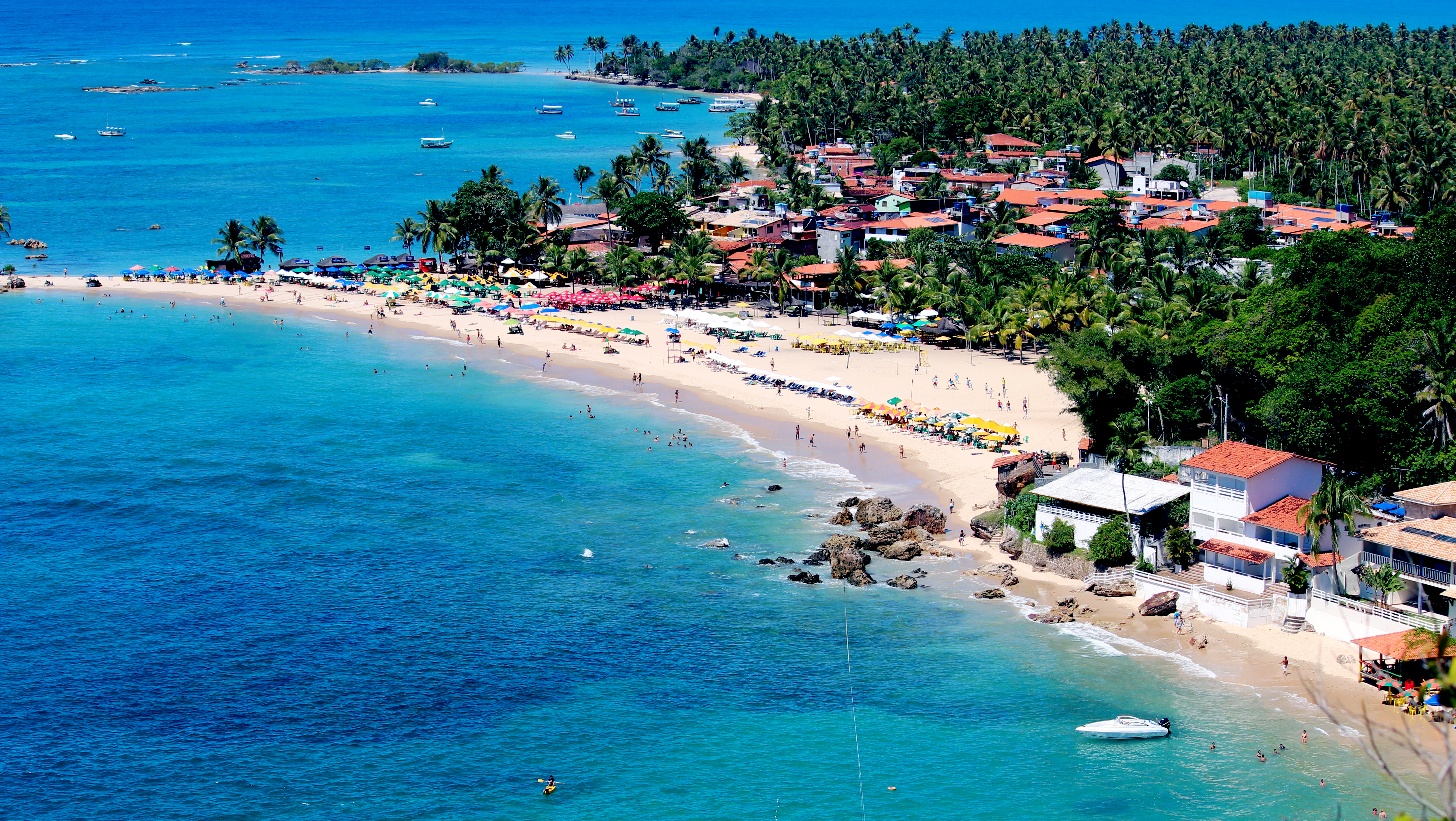

Be welcome in the little town of Morro de São Paulo, one of the five villages of the Tinharé islands far 2 hours from the city of Salvador, in the brazilian northwest. The way to visit this place is just catching a boat in the city of Valença. You can also fly from Salvador to the little airport in the Morro de São Paulo Island. The good stuff: cars here are forbidden, so be prepared to enjoy lots of natural places! The island's beaches are very fancy and easily named First, Second, Third and Fourth beach. Get ready to ditch the shoes; the only thing you’ll be walking on in this place is sand. No cars are allowed on the island, only bikes and bare feet.
14. Chapada Diamantina National Park


The landscape within Chapada Diamantina National Park is very different to any of the above three natural wonders in Brazil, as it features mountains and valleys, with some areas rising to over 6,600 feet. The mountains are just one feature of this national park that is full of amazing scenery, including the highest waterfall in Brazil, and some excellent caves to explore. Chapada Diamantina is located in eastern Brazil, about 250 miles inland from Salvador, and is named after the diamonds that have been discovered here in the past. Guided tours will take you to see the best features of this park.
15. Porto de Galinhas

Porto de Galinhas is a beach in the municipality of Ipojuca, Pernambuco, Brazil. Porto de Galinhas is a major tourist destination. The beach is famous for its bright-water beaches and the natural pools. It is part of the municipality of Ipojuca, and located 60 kilometers (37 mi) south of the state capital, Recife. The municipality of Ipojuca, where Porto de Galinhas lies, was established on November 12, 1895.

Porto de Galinhas is a beach in the municipality of Ipojuca, Pernambuco, Brazil. Porto de Galinhas is a major tourist destination. The beach is famous for its bright-water beaches and the natural pools. It is part of the municipality of Ipojuca, and located 60 kilometers (37 mi) south of the state capital, Recife. The municipality of Ipojuca, where Porto de Galinhas lies, was established on November 12, 1895.
16. Alter do Chao


The only thing better than a beach is this beach sans the salt, located on the Rio Tapajos, a major tributary just a few miles off the Amazon River. The cruises and other tourism based out of Alter de Chao will allow you to frolic in the Amazon River, and then rush home to tell friends that you’ve “frolicked in the Amazon River”.
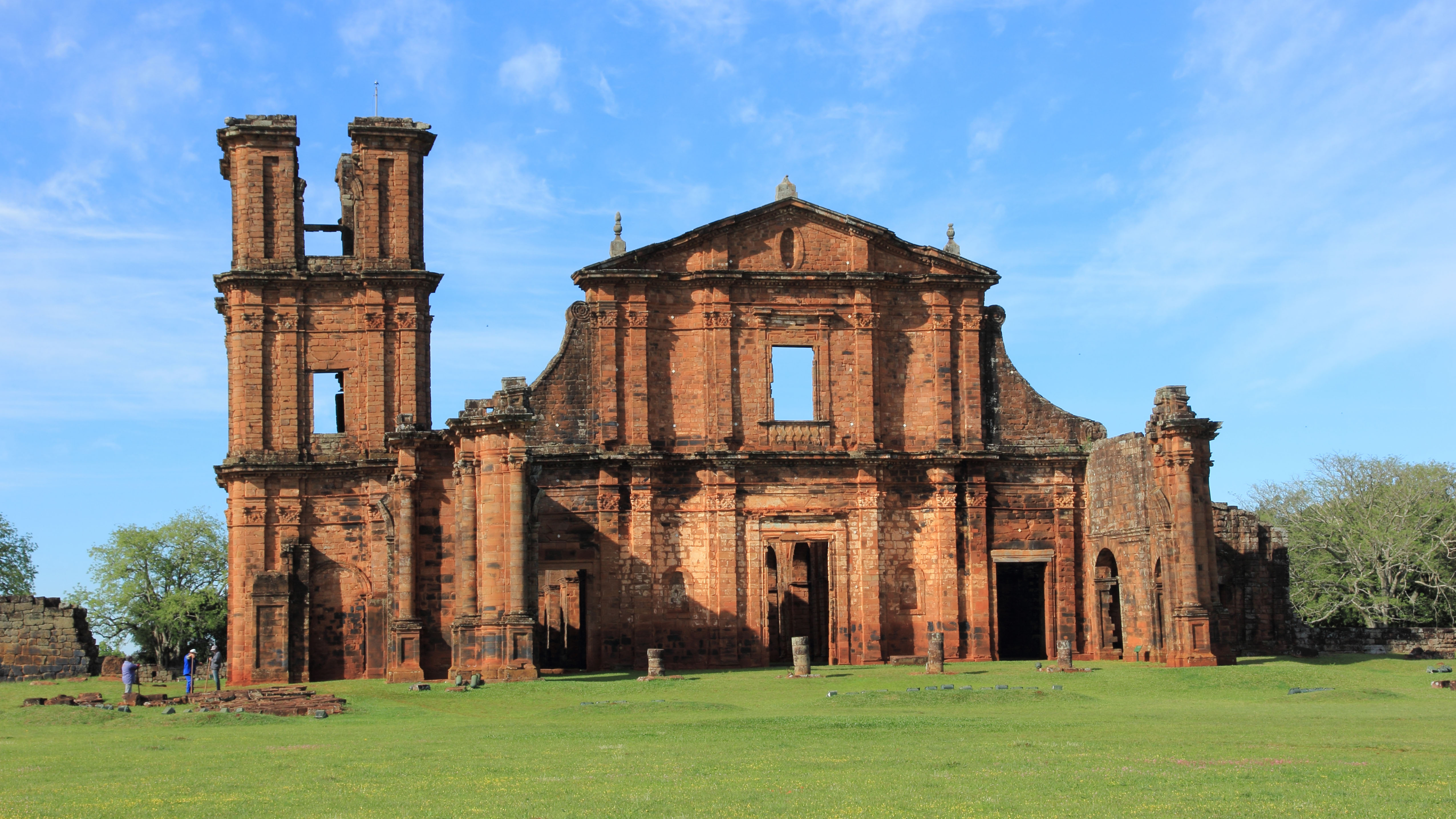
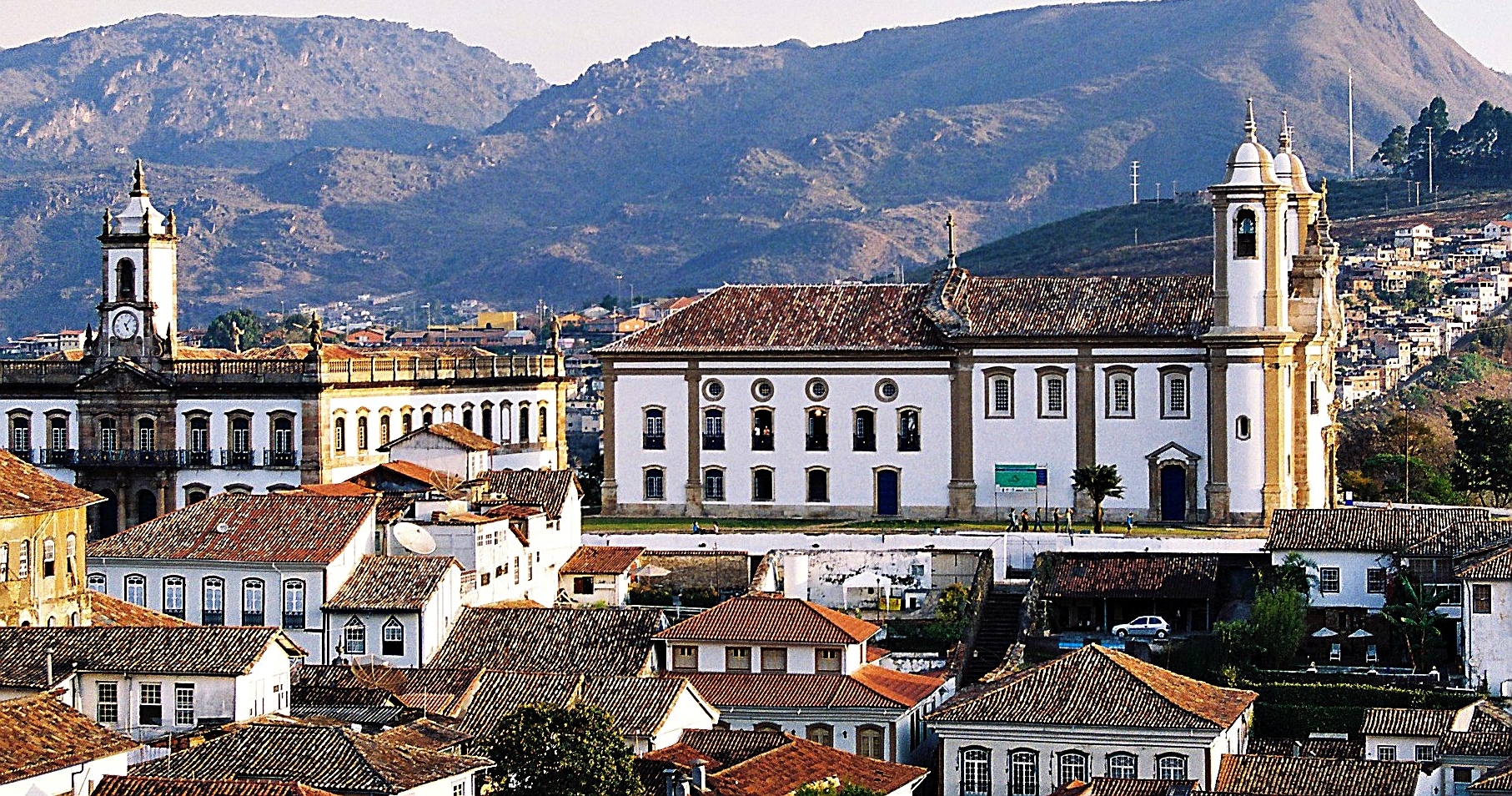

17. São Miguel das Missões

São Miguel das Missões is a municipality in Rio Grande do Sul state, southern Brazil. Important 17th century Spanish Jesuit mission ruins are located in the municipality. San Miguel Mission is within Sant'Angelo Microregion, and the Riograndense Northwest Mesoregion.
18. Art Museums of Sao Paulo

São Paulo holds some of the best collections of fine arts in Latin America, and the buildings in which they are housed are architectural landmarks as well. The Museu de Arte, MASP, displays the continent's most comprehensive collection of western art, with representative works by artists from the Renaissance through modern masters. There are 73 bronze sculptures by Degas and works by Renoir, Manet, Van Gogh, Matisse, Picasso, and Miró. From its beginning, the museum has concentrated on works of mid- to late-20th-century artists, and the building designed by architect Lina Bo Bardi is a Modernist landmark. Oscar Niemeyer designed the Pavilhão da Bienal de Artes in Ibirapuera Park, home to the Museu de Arte Contemporânea. More than 8,000 works of art - one of Latin America's largest collections of 20th- century Western artists - includes Picasso, Chagall, Kandinsky, Miró, and Modigliani along with major Brazilian painters. Set above Versailles-inspired formal gardens, Museu do Ipiranga houses paintings and decorative arts.

São Paulo holds some of the best collections of fine arts in Latin America, and the buildings in which they are housed are architectural landmarks as well. The Museu de Arte, MASP, displays the continent's most comprehensive collection of western art, with representative works by artists from the Renaissance through modern masters. There are 73 bronze sculptures by Degas and works by Renoir, Manet, Van Gogh, Matisse, Picasso, and Miró. From its beginning, the museum has concentrated on works of mid- to late-20th-century artists, and the building designed by architect Lina Bo Bardi is a Modernist landmark. Oscar Niemeyer designed the Pavilhão da Bienal de Artes in Ibirapuera Park, home to the Museu de Arte Contemporânea. More than 8,000 works of art - one of Latin America's largest collections of 20th- century Western artists - includes Picasso, Chagall, Kandinsky, Miró, and Modigliani along with major Brazilian painters. Set above Versailles-inspired formal gardens, Museu do Ipiranga houses paintings and decorative arts.
19. Rio Carnival


There are carnival celebrations in virtually every corner of Brazil, the best-known ones taking place in Recife together with the neighboring Olinda and Salvador. But the biggest and most famous carnival is undoubtedly the Carnival in Rio de Janeiro. The Rio Carnival attracts two million people per day on the streets and almost half a million foreigners during its 4 day celebration. The Carnival is all over the place, in the streets and squares, bars, clubs and all other venues in Rio, concluding in the spectacular Rio Samba Parade at the Sambadrome. Those who are lucky enough to be touring Brazil before the start of the religious season of Lent cannot miss Carnival. Brazil, especially Rio de Janeiro, is internationally acclaimed for the parades, parties, and overall experience it creates.
20. Historic Center of Olinda

The Historic Center of Olinda covers the area of the historic Brazilian town of Olinda, in Pernambuco state. The preservation of this historic site began in the 1930s, when major monuments were listed as national heritage sites. From there was promoted several actions to preserve all the historical, cultural and architectural heritage of the municipality. Another well preserved colonial city, Olinda is located on the Brazil’s northeastern coast, just north of Recife. Olinda features a number of major touristic attractions, such as a historic downtown area, churches, and the famous Carnival of Olinda. Many bars, restaurants, artist and craftspeople studios add charm to the old-town setting.
21. Ouro Preto
This town was founded at the end of the 17th century when it was a part of the local gold rush. Today, it remains a beautiful, well preserved colonial town where new buildings must ascribe to the historical building codes to keep the atmosphere of the town alive. It is a popular place for those looking to experience historical Brazil. One of Brazil’s best-preserved colonial towns, Ouro Preto, meaning “black gold”. The city contains well preserved Portuguese colonial architecture, while modern buildings must adhere to historical standards maintained by the city. 18th- and 19th-century churches decorated with gold and the sculptured works of Aleijadinho make Ouro Preto one of the most popular tourist attractions in Brazil.
22. Teatro Amazonas

Teatro Amazonas or Amazon Theatre is an opera house located in Manaus, in the heart of the Amazon Rainforest. It was built during the heyday of rubber trade using materials from all over the world, with furniture from Paris, marble from Italy, and steel from England. On the outside of the building, the dome was covered with 36,000 decorated ceramic tiles painted in the colors of the Brazilian national flag. The first performance was given on January 7, 1897, with the Italian opera La Gioconda. The opera house was closed down soon after however as the rubber trade declined and Manaus lost its main source of income. There wasn’t a single performance in Teatro Amazonas for 90 years until 1990 when it reopened its doors.
23. Christ the Redeemer
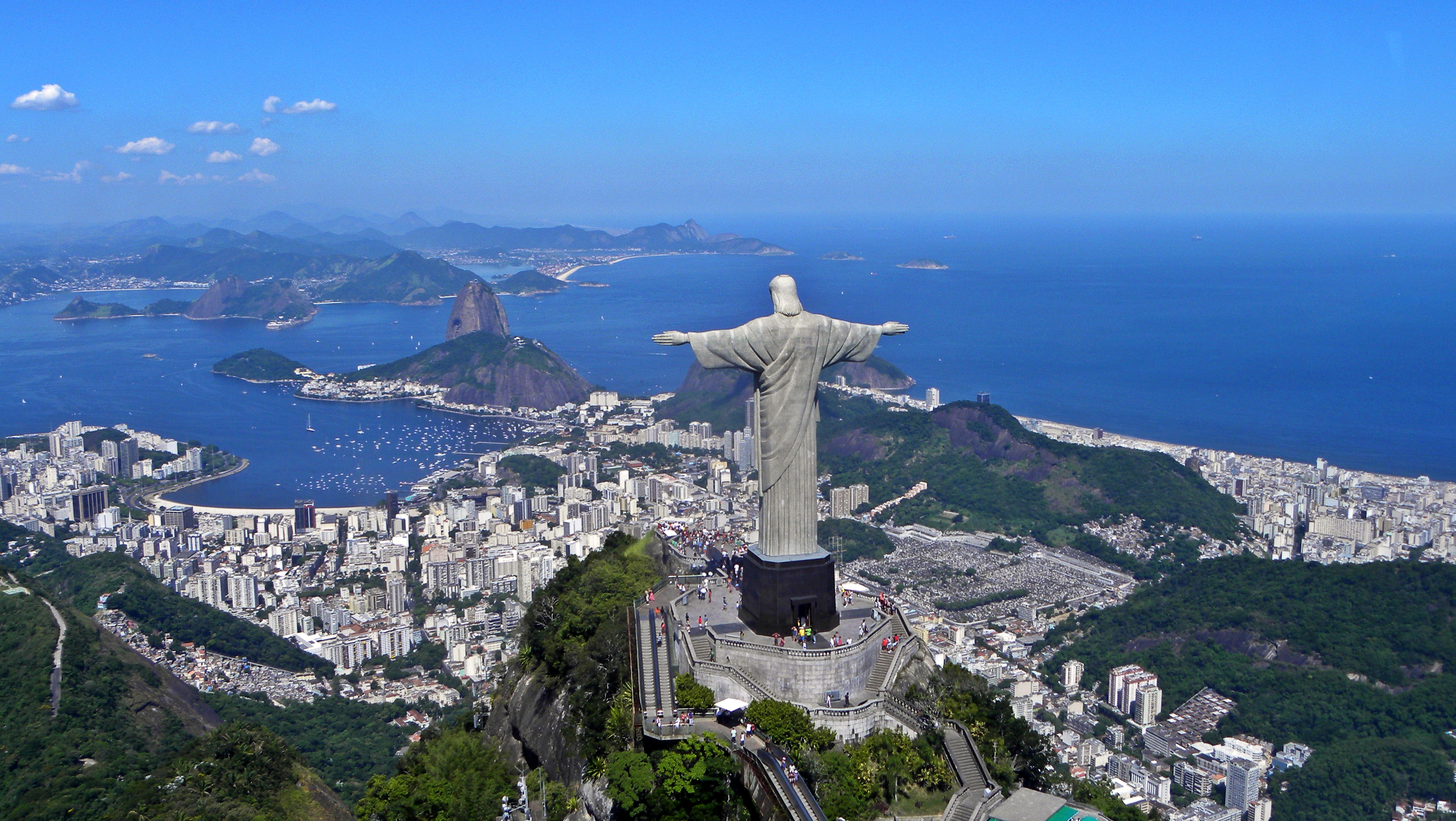
Christ the Redeemer is the famous statue of Jesus Christ in Rio de Janeiro. Located at the peak of the 700 meters (2,300 ft) Corcovado mountain, it provides a sweeping panorama from the interior of Guanabara bay to the north, to Lagoa Rodrigo de Freitas to the south. The Christ the Redeemer statue stands 39.6 meters (130 ft) tall, including its 9.5 meters (31 ft) pedestal and has become an icon of Rio and Brazil. This is the most popular tourist attractions in Brazil. Statue of Christ the Redeemer is 98 feet high and is considered the second largest Art Deco sculpture in the world. It is at the peak of Corcovado mountain and has become an icon of Rio de Janeiro and Brazil. with reinforced concrete and Soapstone.











No comments:
Post a Comment